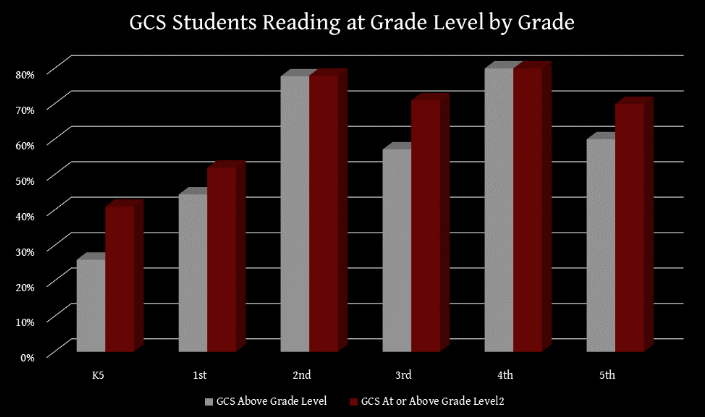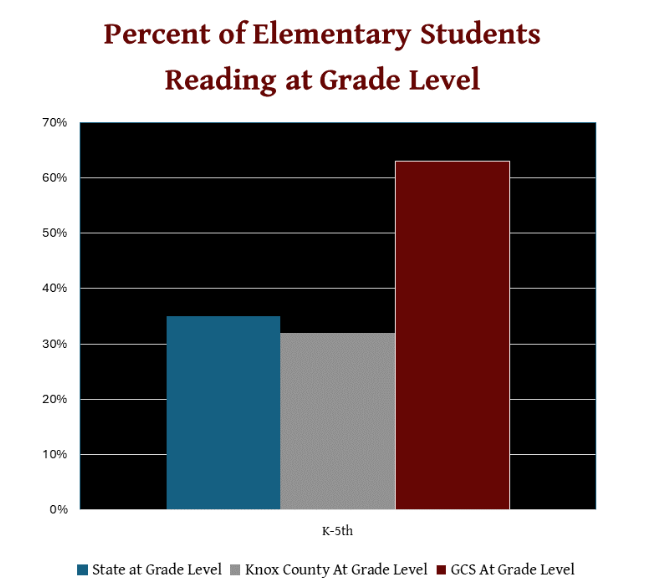Galesburg Christian School
READING PROGRAM
After the challenging Spring of 2020 that was marked by COVID, we recognized the need to help students recover some of their time off of regular classes the following fall. Our team collaborated and decided to work on a reading program to work alongside our regular phonics-based reading curriculum. We immediately began to see great results with our students rapidly growing in their reading abilities, including comprehension. We have remained steadfast in that guided reading program for our elementary students since that time, and I am excited to share some results with you from a recent screening our reading specialist, Mrs. McVeigh, conducted for our students.
I would like to share a few thoughts before sharing those results.
- First, I am thankful for our teachers who have continued to learn the program and successfully implement it into their classrooms.
- I am also thankful for our resource teacher, Mrs. Waterman, who has helped students who struggle with reading continue to see growth in their reading skills.
- I am also thankful for Mrs. McVeigh and Mrs. Reynolds who took an intense, week-long class last summer to better understand how to help students with dyslexia. Mrs. McVeigh continued her education this fall so that she could be a certified dyslexia classroom teacher. These skills have helped us implement strategies to help our students who struggle with reading because of different forms of dyslexia.
- Finally, I am thankful for each parent who takes the time to read with their child every night. Studies show that growth in reading skills dramatically improves for a student when parents read to and with their children in the home.
One other thought concerning our reading program at GCS is that we intently focus on phonics in the K4, K5, and 1st Grade levels. This means we do expect our “reading at grade level” percentages to be a little less in those early grades because our emphasis is building a foundation of phonics which we have observed allows our students to build better comprehension skills later in their education. I believe you will see that to be the case when looking at our scores as a whole. While the scores are more average in those early grades, the rapid increase of students at grade level dramatically begins to increase with our second grade students.


- Overall, 62% of our kindergarten through fifth grade students are reading at or above grade level with 54% of them above grade level.
-
- As mentioned earlier, our Kindergarten and 1st Grade students pull that number down, with 46% at grade level.
-
- 78% of our second grade students are at or above grade level!
-
- That trend continues with 71% of our third graders, 80% of our fourth graders, and 70% of our fifth graders all reading at or above grade level.
-
To put those numbers in perspective, the percentage of the state of Illinois students reading at grade level as reported by the Illinois State Board of Education is 35%. (SunTimes Article)https://www.isbe.net/Pages/Il linois-State-Report-Card-Data.aspx
- We also do not separate out those students who most schools consider to be classified as a student with a learning disability; and therefore, not counted as part of that overall number but are instead their own categorical statistic.
-
- I am thankful that we have seen tremendous growth in those students as well, with many of them making huge strides this year because of our teachers’ intentional and specialized care for their specific needs.
-
I am thrilled with the growth we have continued to see in our students, and I am excited that our teachers continue to invest their energy and skills into our reading program.
– Robert Nutzhorn, GCS Administrator
